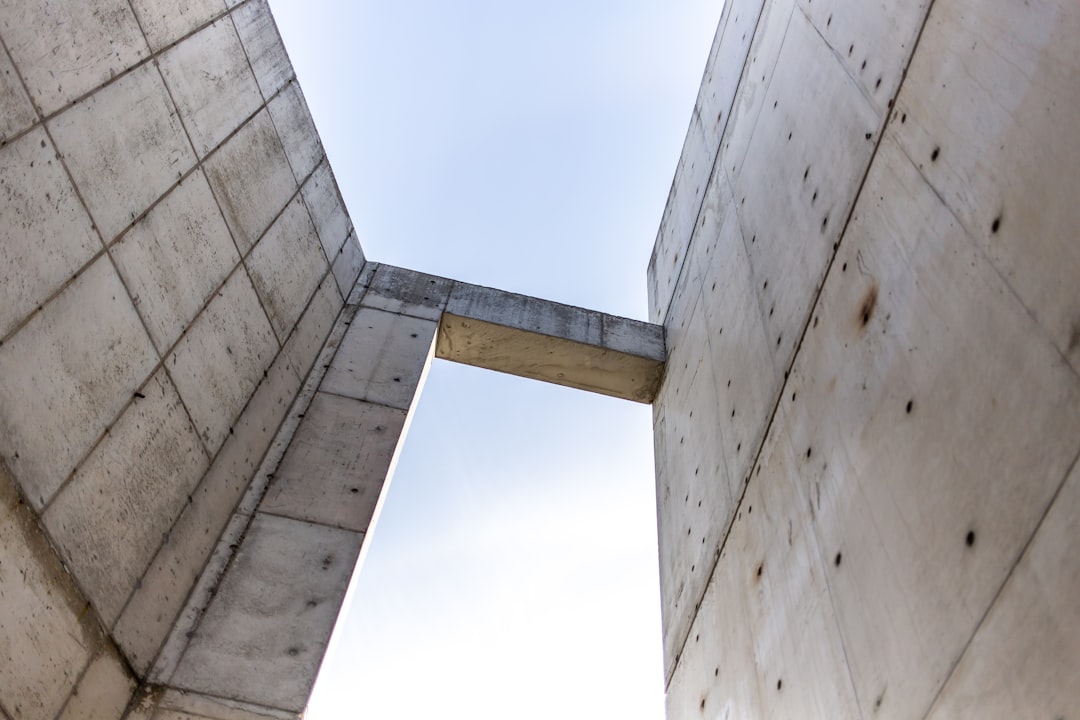The choice between concrete and steel is a fundamental decision in any construction project. Both materials offer unique properties, strengths, and weaknesses, influencing the overall design, cost, and longevity of a structure. This comprehensive guide delves deep into the comparison, helping you understand which material best suits your needs.
Strength and Structural Capabilities: A Head-to-Head
Concrete, a composite material of cement, aggregates, and water, excels in compressive strength – its ability to withstand squeezing forces. This makes it ideal for columns, foundations, and slabs. However, its tensile strength – resistance to pulling forces – is significantly lower. Steel, on the other hand, boasts exceptional tensile strength alongside considerable compressive strength. This makes it perfect for beams, tension members, and structures requiring high flexibility. While concrete can be reinforced with steel rebar to improve its tensile strength, steel’s inherent strength often makes it a more efficient choice for certain applications, particularly in high-rise buildings and long-span structures. The combination of concrete and steel in reinforced concrete structures leverages the best of both worlds.
Durability and Longevity: Weathering the Storm
Concrete’s durability is renowned, especially when properly mixed and cured. It’s resistant to fire and many chemicals, and with proper maintenance, can last for decades, even centuries. However, concrete is susceptible to cracking due to shrinkage, temperature changes, and overloading. It can also be vulnerable to corrosion from de-icing salts and acidic environments. Steel, while incredibly strong, is prone to corrosion if not adequately protected. Rust formation weakens the steel, compromising its structural integrity. Protective coatings, galvanization, and stainless steel options mitigate this risk, but add to the overall cost. The longevity of both materials depends significantly on proper design, construction techniques, and ongoing maintenance.
Cost Considerations: Balancing Budget and Performance
The cost of concrete and steel varies depending on location, availability, and market conditions. Generally, concrete is often less expensive upfront than steel, particularly for large-volume projects. However, the cost of forming and finishing concrete can be significant. Steel fabrication and erection typically involve higher initial costs, especially for complex structures. Transportation costs for steel can also be considerable, particularly for long distances. Furthermore, the cost of corrosion protection for steel needs to be factored in. The ultimate cost-effectiveness depends on the specific project requirements, the design chosen, and the long-term maintenance costs associated with each material.
Environmental Impact: A Sustainable Choice?
The environmental impact of both concrete and steel is a growing concern. Concrete production is energy-intensive, releasing significant amounts of carbon dioxide into the atmosphere. The extraction and processing of raw materials also contribute to environmental damage. Steel production also has a considerable carbon footprint, involving high energy consumption and the emission of greenhouse gases. However, both materials are recyclable, offering opportunities for sustainable construction practices. The use of recycled aggregates in concrete and recycled steel in new structures can significantly reduce the environmental burden. Choosing sustainable construction methods and incorporating recycled materials is crucial in minimizing the environmental impact of both materials.
Applications and Suitability: Finding the Right Fit
Concrete’s compressive strength and moldability make it ideal for a wide range of applications, including foundations, retaining walls, pavements, dams, and bridges. Its versatility allows for the creation of complex shapes and forms. Steel’s high tensile strength and flexibility make it suitable for high-rise buildings, long-span bridges, skyscrapers, and other structures requiring significant structural support. It’s also commonly used in frameworks, trusses, and other load-bearing components. Often, the most efficient and structurally sound designs utilize a combination of both materials, leveraging the strengths of each to create robust and durable structures. The best choice depends heavily on the specific project’s structural demands, budget constraints, and environmental considerations.
In conclusion, the choice between concrete and steel is not a simple one. It requires a careful consideration of factors such as strength, durability, cost, environmental impact, and the specific requirements of the project. Often, the most effective approach involves a hybrid solution, combining the best attributes of both materials to achieve optimal performance, longevity, and cost-effectiveness.
SEO Tags:
Concrete vs Steel, Construction Materials, Building Materials, Structural Engineering, Steel Construction, Concrete Construction




